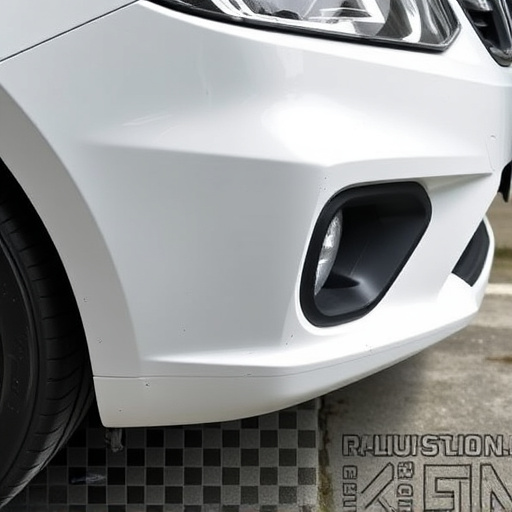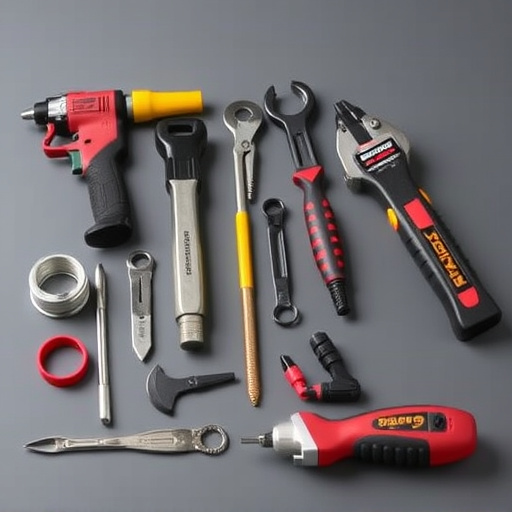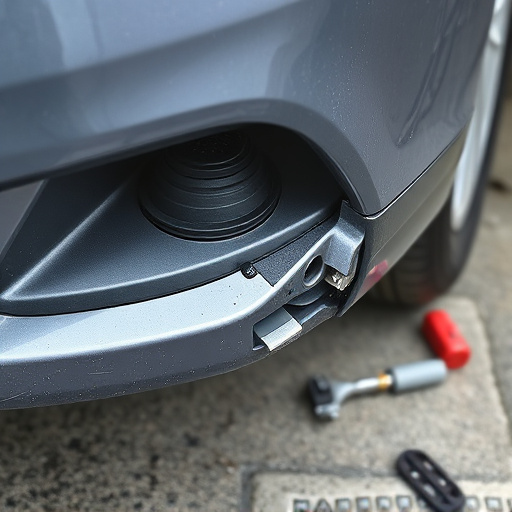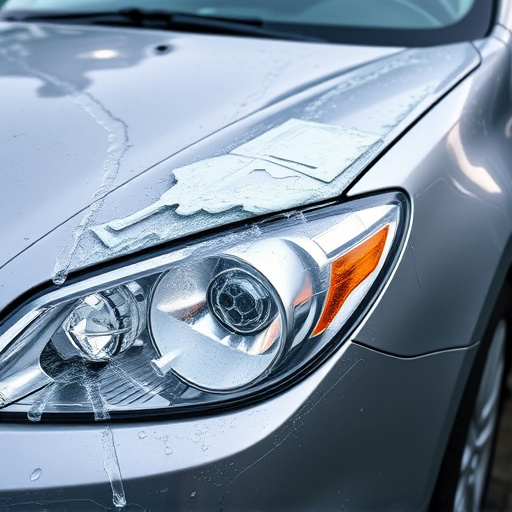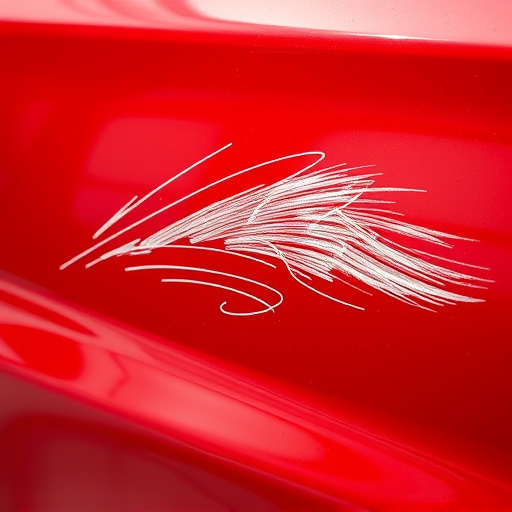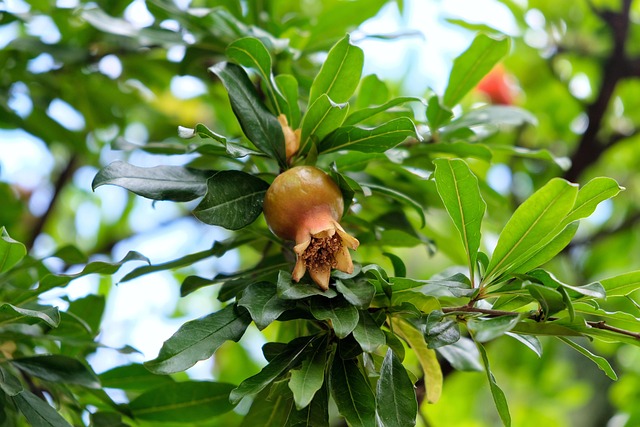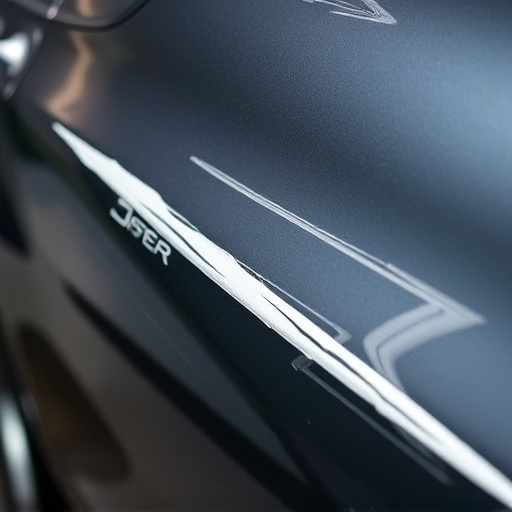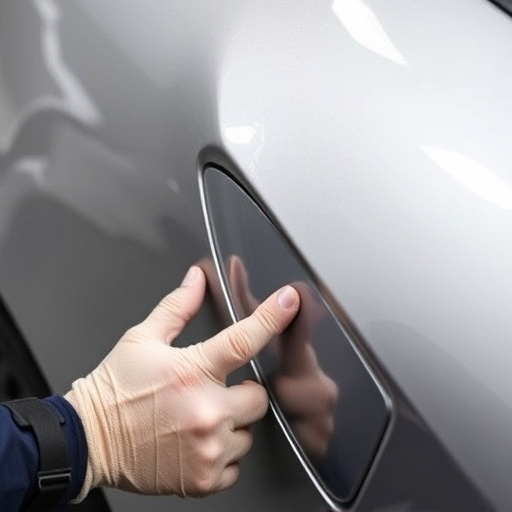The Mercedes windshield replacement process is sensitive to weather, with extreme temperatures affecting adhesive curing times and moisture from precipitation or car structure weakening bond strength. Collision repair shops must adapt their methods and use climate-specific products, ensuring proper ventilation in humid conditions and adhering to manufacturer guidelines for cold weather adhesives. Clean, dry workspaces and safety protocols are vital for long-lasting, high-quality replacements.
The weather plays a critical role in the curing process of Mercedes windshield adhesive, impacting the strength and longevity of repairs. This article delves into the intricate world of Mercedes windshield replacement, focusing on how environmental factors affect adhesive performance. We explore the science behind the cure, examining the impact of temperature, humidity, and sunlight on bond strength. Additionally, we provide best practices for successful replacements across diverse climates, ensuring optimal results for Mercedes owners.
- Understanding Mercedes Windshield Adhesive Curing Process
- Impact of Weather Conditions on Adhesion Strength
- Best Practices for Successful Mercedes Windshield Replacement in Various Climates
Understanding Mercedes Windshield Adhesive Curing Process
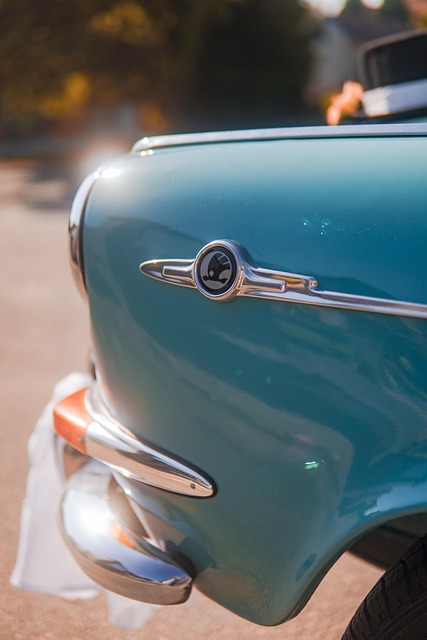
The Mercedes windshield replacement process involves a meticulous curing stage, where adhesive plays a crucial role in securing the glass panel to the vehicle’s structure. Understanding this curing process is essential for ensuring the longevity and structural integrity of your car’s bodywork. During the initial stages, a specialized adhesive is applied along the perimeter of the new windshield, creating a seal that prevents water intrusion and ensures the glass remains firmly in place.
Curing occurs as the adhesive sets, strengthening the bond between the glass and the vehicle’s metal frame. Optimal curing requires specific environmental conditions, including suitable temperature and humidity levels. Extreme weather conditions, such as intense heat or freezing temperatures, can impact this process, leading to either premature cure or delayed adhesion. Thus, knowing how weather affects this critical step in Mercedes windshield replacement is vital for professionals in the car body shop, ensuring top-quality vehicle restoration every time.
Impact of Weather Conditions on Adhesion Strength

The impact of weather conditions on Mercedes windshield adhesive curing is a significant factor that often goes overlooked when considering a Mercedes windshield replacement. Extreme temperatures and precipitation can dramatically affect the bonding strength of the adhesive used in car bodywork services. During hot weather, the adhesive may cure too quickly, leading to poor bond strength, especially if the process isn’t managed with precision by experienced body shop services professionals. Conversely, cold weather conditions slow down the curing process, potentially causing delays and requiring additional measures to ensure optimal adhesion.
Precipitation, including rain, snow, or moisture in the air, can also interfere with the adhesive’s ability to create a strong bond. Moisture on the surface or within the car bodywork can dilute or react with the adhesive, compromising its integrity. These environmental factors underscore the importance of proper preparation and technique when conducting Mercedes windshield replacement services, ensuring that the new windshield is securely attached for safe driving conditions.
Best Practices for Successful Mercedes Windshield Replacement in Various Climates
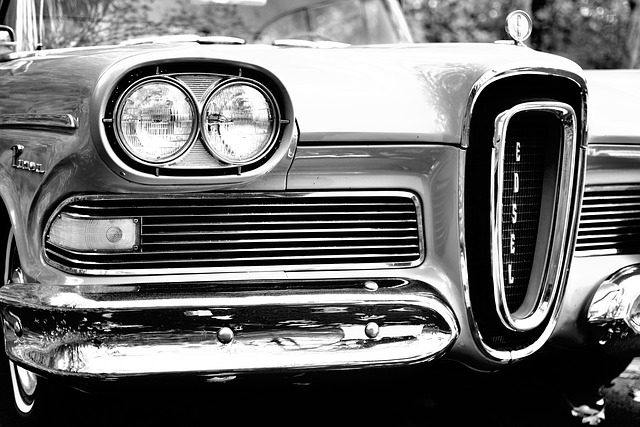
When it comes to Mercedes windshield replacement, understanding how weather conditions impact adhesive curing is crucial for successful outcomes. Whether you’re in a region with scorching summers or freezing winters, adhering to best practices ensures a durable and safe installation. For instance, extreme temperatures can delay or accelerate the curing process, affecting the bond strength of the adhesive. Thus, professionals in collision repair shops often adjust their techniques accordingly, using specialized products designed for specific climates.
In regions with frequent rainfall or high humidity, proper ventilation becomes essential to prevent moisture interference during the curing stage. Similarly, when temperatures drop below freezing, it’s vital to choose adhesives that remain viable in cold conditions and follow manufacturer guidelines for application and cure times. Regularly maintaining a clean, dry workspace and following recommended safety protocols contribute to ensuring the longevity of the Mercedes windshield replacement, as well as the overall quality of car bodywork services provided by expert fender repair specialists.
In conclusion, understanding how weather conditions impact Mercedes windshield adhesive curing is paramount for ensuring successful replacement across various climates. By grasping the delicate balance between temperature, humidity, and wind, professionals can optimize the curing process, maintaining superior adhesion strength vital for safety and vehicle integrity. Adhering to best practices, including proper preparation, controlled environmental conditions, and using high-quality adhesives suitable for specific weather scenarios, guarantees lasting results in any climate, enhancing driver confidence and road safety. For seamless Mercedes windshield replacement, these insights are indispensable tools.
